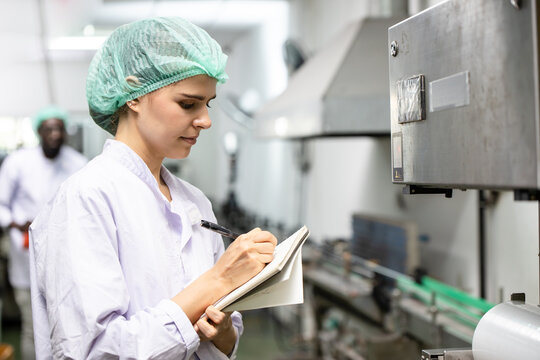
Image Source: Google
Food safety inspections are crucial for ensuring the quality and safety of the food you serve to your customers. Failing an inspection can result in fines, closure of your establishment, or even legal action. To help you pass your next food safety inspection with flying colors, here are some top tips to follow:
Preparation is Key
1. Review Food Safety Guidelines
- Make sure you are up-to-date with the latest food safety regulations and guidelines set by the local health department.
- Train your staff on proper food handling, storage, and hygiene practices.
- Regularly review and update your food safety protocols to ensure compliance.
2. Conduct Regular Self-Inspections
- Perform regular self-inspections of your establishment to identify and address any potential food safety inspection service and program.
- Keep detailed records of these self-inspections for reference.
- Address any issues promptly to prevent them from escalating.
Proper Food Storage
1. Maintain Proper Temperature
- Ensure that refrigerators and freezers are operating at the correct temperatures to prevent food spoilage.
- Regularly check and record the temperature of your food storage units.
- Use food thermometers to check the internal temperature of food items.
2. Store Food Correctly
- Store raw meats separately from ready-to-eat foods to prevent cross-contamination.
- Use proper containers and covers to store food items and prevent contamination.
- Label and date all food items to ensure proper rotation and prevent serving expired food.
Employee Hygiene
1. Handwashing Practices
- Train your staff on the importance of handwashing before handling food.
- Provide handwashing stations with soap, water, and paper towels for employees to use.
- Enforce a strict handwashing policy to prevent the spread of germs.
2. Personal Protective Equipment (PPE)
- Ensure that your employees wear appropriate PPE such as hairnets, gloves, and aprons while handling food.
- Regularly clean and replace PPE to prevent contamination.
- Train your staff on the proper use and disposal of PPE.
Cleanliness and Sanitation
1. Clean and Sanitize Surfaces
- Develop a cleaning schedule to ensure that all surfaces, utensils, and equipment are regularly cleaned and sanitized.
- Use food-safe cleaning products to sanitize surfaces effectively.
- Train your staff on proper cleaning and sanitizing procedures.
2. Pest Control
- Implement a pest control program to prevent infestations in your establishment.
- Regularly inspect and maintain the cleanliness of your facility to deter pests.
- Seal any entry points for pests and promptly address any sightings.
Documentation and Records
1. Keep Detailed Records
- Maintain accurate records of food temperatures, cleaning schedules, and employee training.
- Keep records organized and easily accessible for inspection purposes.
- Regularly review and update your records to ensure compliance.
2. Train Your Staff
- Provide ongoing training for your staff on food safety practices and regulations.
- Ensure that new employees receive thorough training before handling food.
- Encourage a culture of food safety awareness among your staff.
By following these top tips for passing your next food safety inspection, you can ensure that your establishment meets the necessary requirements for food safety and sanitation. Remember, the health and safety of your customers depend on your commitment to maintaining high food safety standards.
